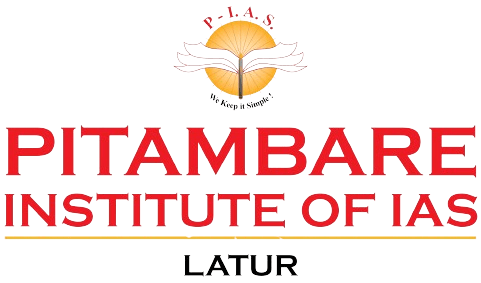17 November 2022
| Content Pangong Tso Health Sector GST Council ‘Carbon border tax’ Climate Change and India |
| GS 1 |
| Indian Geography |
Pangong Tso
Context-India deploys new docks, upgrades speedboats for Pangong Tso patrol
It is a Tibetan name for ‘high grassland lake’
It is a long narrow, deep, endorheic (landlocked) lake situated at a height of about 4,350 m.
It is 134 km long and extends from India to Tibetan Autonomous Region (TAR), China.
It is a brackish water lake in Himalayas.
It is an endorheic lake.
India holds just 1/3rd of the lake.

The lake has mountain spurs of the Chang Chenmo range jetting down referred to as fingers which are divided 8 parts.
The Chinese say that the Line of Actual Control (LAC) is at finger 4. But, India’s perceived LAC is at finger 8. This leads to frequent disputes in the area.
The North bank of the lake has much higher differences in perception of LAC than the South bank (South Bank of Pangong leads to Kailash range and to the Chushul sector).
In 2020, as part of the first phase of disengagement, India and China have agreed for complete disengagement on the North and South Banks of Pangong Lake.
Currently, the Indian Army has a permanent position near Finger 3, the Dhan Singh Thapa post, while the PLA has a base East of Finger 8.
| GS 2 |
| Health Sector |
Addressing the Healthcare Leaders’ Summit-2022 of the Economic Times, Dr Jitendra Singh said, more than 10 lakh medical visas were issued to foreigners between 2019 and 2022 and the country is fast emerging as the Medical Tourism Hub of the world. He said, this number is quite significant as there was almost complete ban on international travel during the pandemic.
The Minister also pointed out that India has almost 600 globally and nationally accredited hospitals that provide world-class treatment in cost-effective manner.
| GS 3 |
| Indian Economy |
GST Council
How is the GST Council structured?
The Goods and Services Tax (GST) is governed by the GST Council. Article 279 (1) of the amended Indian Constitution states that the GST Council has to be constituted by the President within 60 days of the commencement of the Article 279A.
Composition:
According to the article, GST Council will be a joint forum for the Centre and the States. It consists of the following members:
- The Union Finance Minister will be the Chairperson
- As a member, the Union Minister of State will be in charge of Revenue of Finance
- The Minister in charge of finance or taxation or any other Minister nominated by each State government, as members.

GST Council recommendations:
Article 279A (4) specifies that the Council will make recommendations to the Union and the States on the important issues related to GST, such as, the goods and services will be subject or exempted from the Goods and Services Tax.

Why do we need a GST Council?
- The GST council is the key decision-making body that will take all important decisions regarding the GST.
- The GST Council dictates tax rate, tax exemption, the due date of forms, tax laws, and tax deadlines, keeping in mind special rates and provisions for some states.
- The predominant responsibility of the GST Council is to ensure to have one uniform tax rate for goods and services across the nation.
| Environment |
‘Carbon border tax’
Context-At COP27, India and three others oppose ‘carbon border tax’
The European Union has proposed a policy called the Carbon Border Adjustment Mechanism to tax products such as cement and steel, which are extremely carbon intensive, with effect from 2026
Climate Change and India
Context- data from Ourworldindata.org
Ourworldindata.org cites data from the Global Carbon Project to show that between 1751 and 2017, 47% of the CO2 emissions came from the U.S. and the EU28.
India is among the top seven emitters of GHG emissions. However, some emissions are unavoidable if we seek economic development. But, put in the context of India’s population, its emissions are far lesser per head, than for others.
World average per capita GHG emissions were 6.3 tonnes of CO2 equivalent (tCO2e) in 2020. The U.S. is above this at 14, followed by 13 in the Russian Federation and 9.7 in China. India remains far below the world average at 2.4.
A paper published by Springer Link under the Climate Change umbrella earlier this year shows that emissions attributable to the U.S. over 1990 to 2014 caused losses that are concentrated around 1–2% of per capita GDP across nations in South America, Africa, and South and Southeast Asia, where temperature changes have likely impacted labour productivity and agricultural yields.

